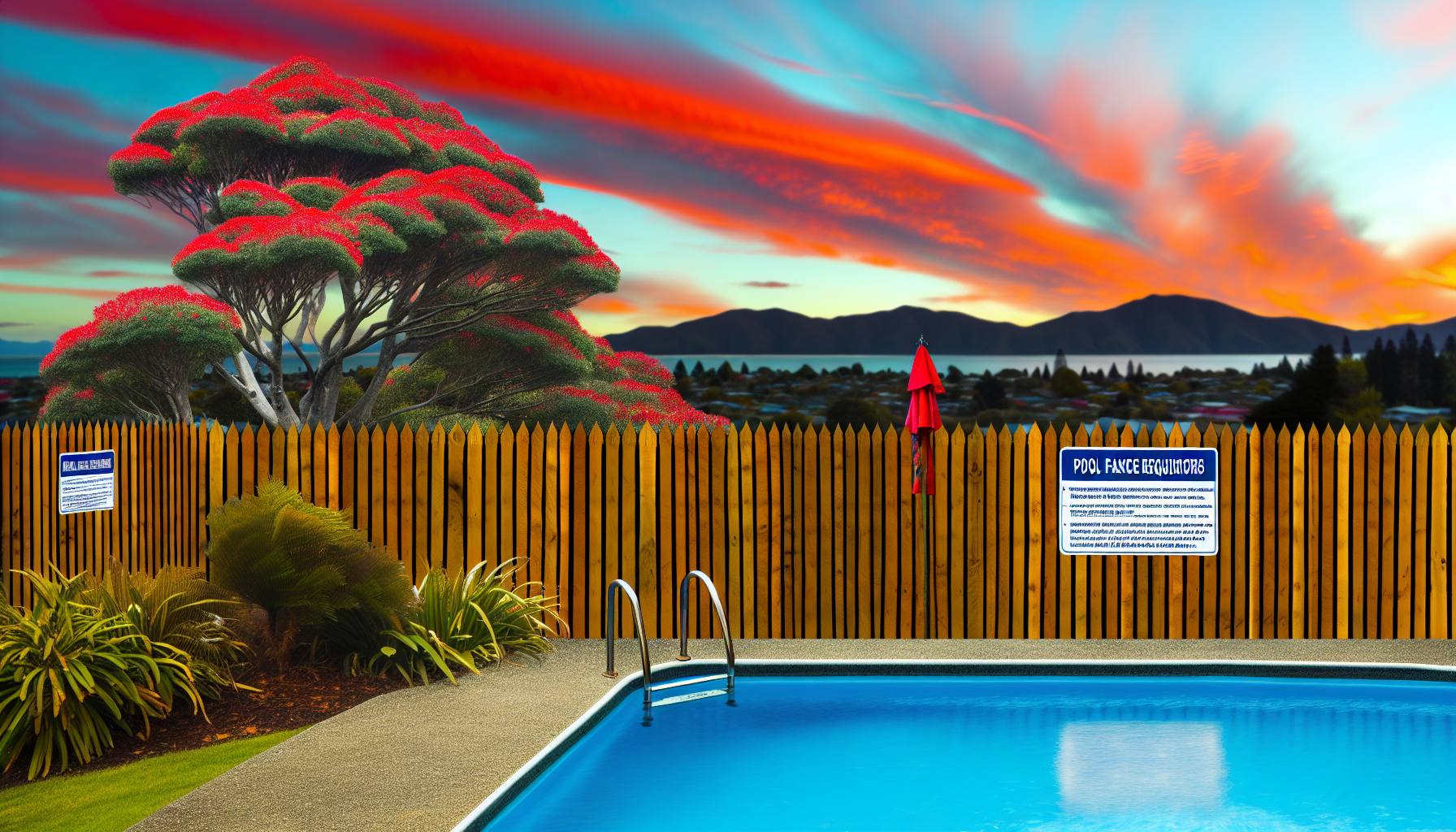If you’ve got a pool or you’re thinking about putting one in, you’ve probably heard about fencing rules. They’re not just there to be annoying – they’re about keeping kids safe. In New Zealand, pool fencing rules are strict, and they exist for a good reason. But what exactly do you need to know? Let’s break it down.
Why Pool Fencing Matters
First off, the whole point of a pool fence is to stop young kids from getting near the water unsupervised. Even a shallow pool can be dangerous. The rules are designed to reduce the risk of accidental drownings, which is especially important if you’ve got little ones running around.
The Law: What You Have to Do
New Zealand’s pool fencing rules are set under the Building (Pools) Amendment Act 2016. Here’s what matters:
- Any pool that can hold 400mm or more of water must be fenced.
- The fence must be at least 1.2m high and not have any gaps wider than 100mm (so kids can’t squeeze through).
- Gates must self-close and self-latch (so they can’t be left open by mistake).
- The fence must completely enclose the pool (unless the house itself forms part of the barrier).
You might be thinking, “Well, my spa pool has a cover – do I still need a fence?” The answer is not necessarily. If your spa pool has a lockable, child-resistant cover, you might be fine without a separate fence—but check with your local council to be sure.
What About Different Regions?
Now, depending on where you live in New Zealand, some councils have extra rules. Christchurch, Auckland, Wellington – they all have slightly different interpretations and enforcement of the pool fencing laws. It’s always best to check with your local council’s website or give them a call before setting up your pool.
Here are a few handy links:
- Auckland Council Pool Fencing Requirements
- Christchurch City Council Pool Regulations
- Wellington City Council Pool Safety Rules
Don’t Assume Your Fence is Good to Go
If your pool fence isn’t up to standard, you could face fines – and, more importantly, it could be putting kids at risk. Councils inspect pools every three years to make sure they’re compliant, so there’s no way around it.
Here’s what you should do:
- Measure your fence height – Is it at least 1.2m?
- Check gaps – Anything wider than 100mm needs fixing.
- Test your gate – Does it self-close and latch properly?
- Look for climbable objects – No furniture, trees, or walls that kids could use to get over the fence.
Where to Buy Pool Fencing
Not sure where to get a compliant pool fence? Here are some New Zealand retailers that sell pool fencing solutions:
- Bunnings NZ – They have DIY-friendly pool fencing kits.
- Mitre 10 – Offers fencing supplies and gate hardware.
- Fencing New Zealand – Specialised fencing options, including glass pool fencing.
If you’re not into the DIY approach, professional fencing companies can install it for you. Just make sure whoever does the job knows the local regulations.
The Bottom Line
If you have a pool, you need a fence – and it has to meet the legal requirements. The rules aren’t just “guidelines”; they’re law. So before you fill up that pool, double-check your fencing situation. It’s not just about avoiding fines; it’s about keeping kids safe.
Want more details? Check your local council’s website, or talk to a pool fencing specialist. Better to be safe than sorry!


Leave a Reply